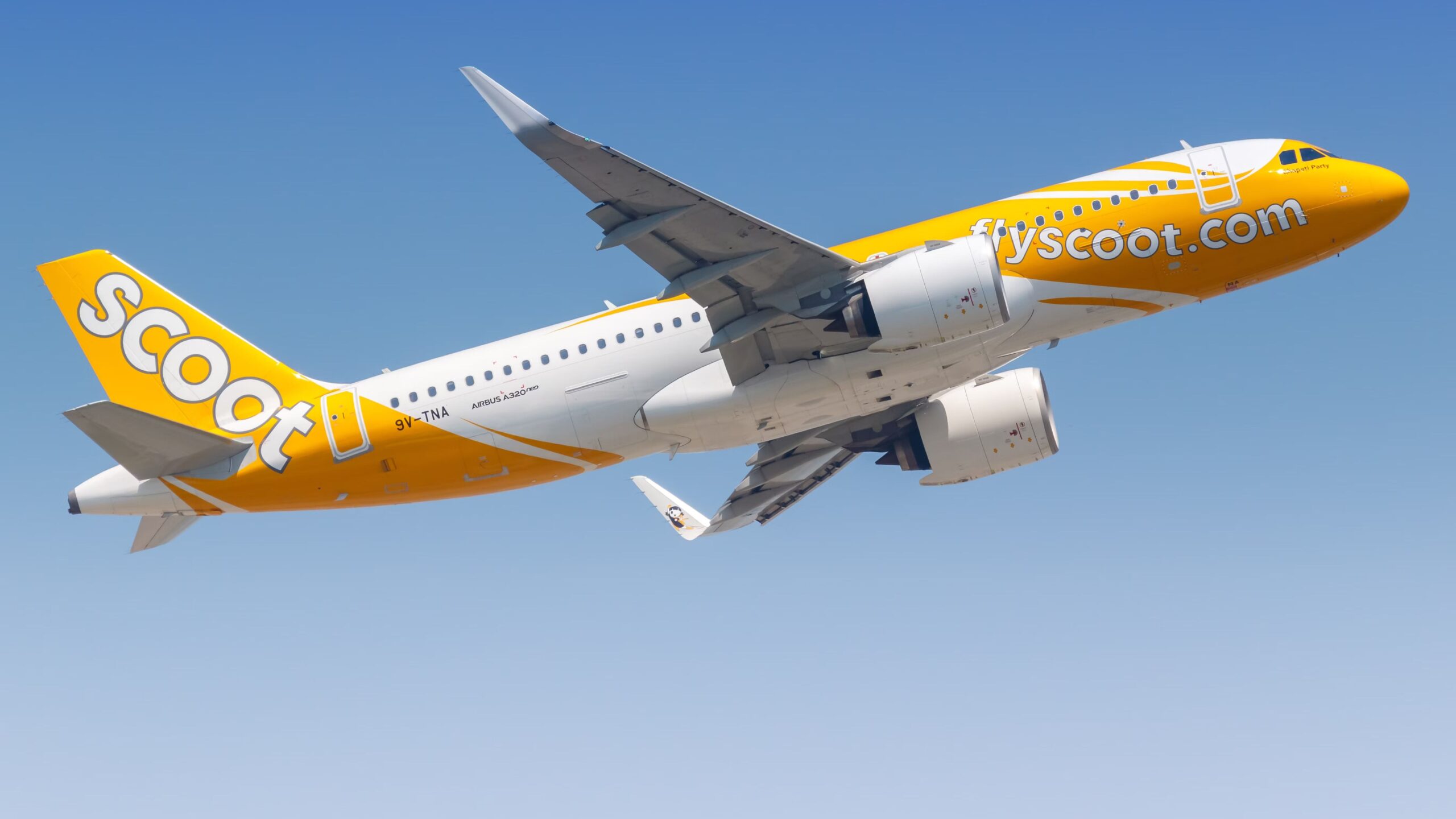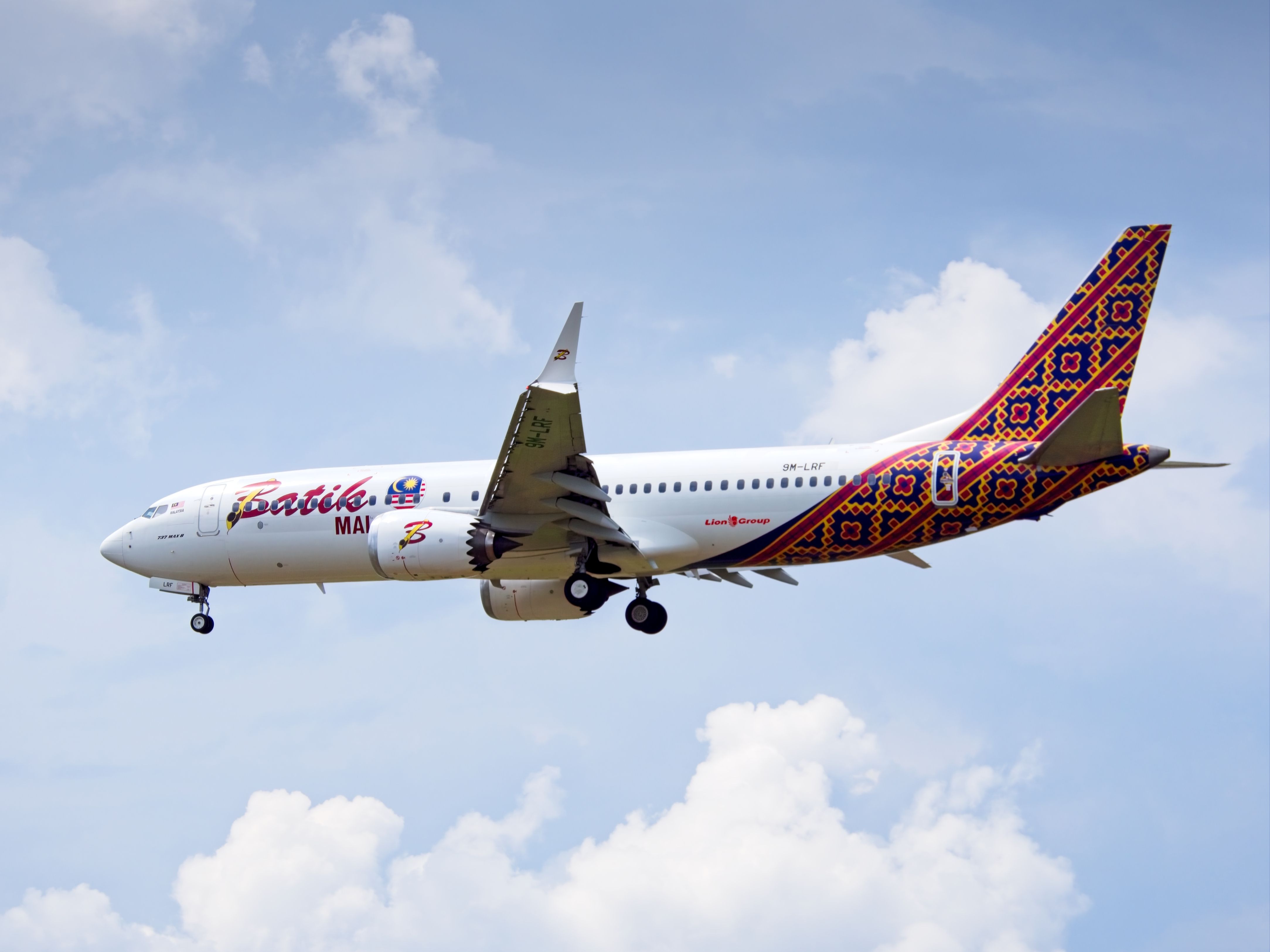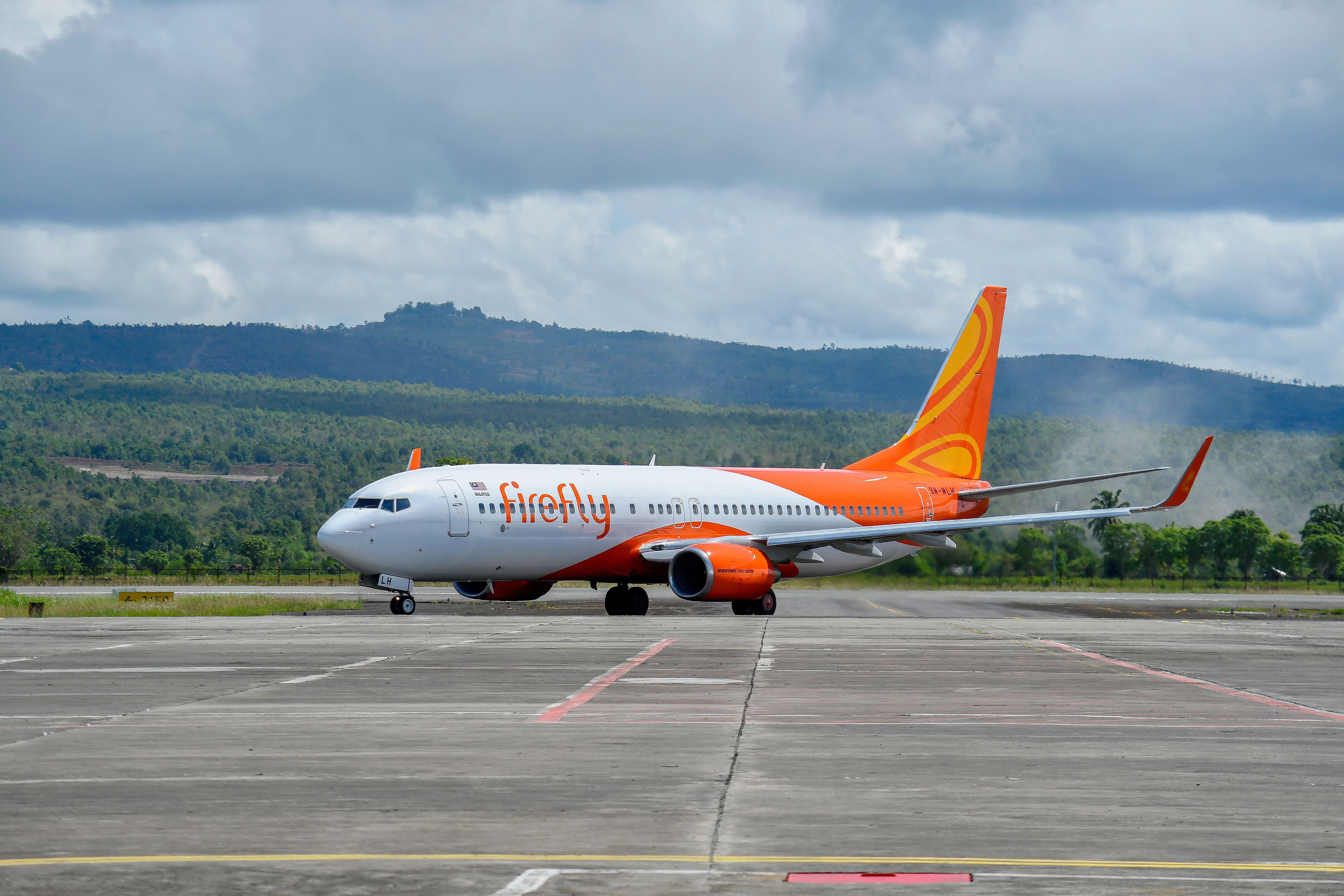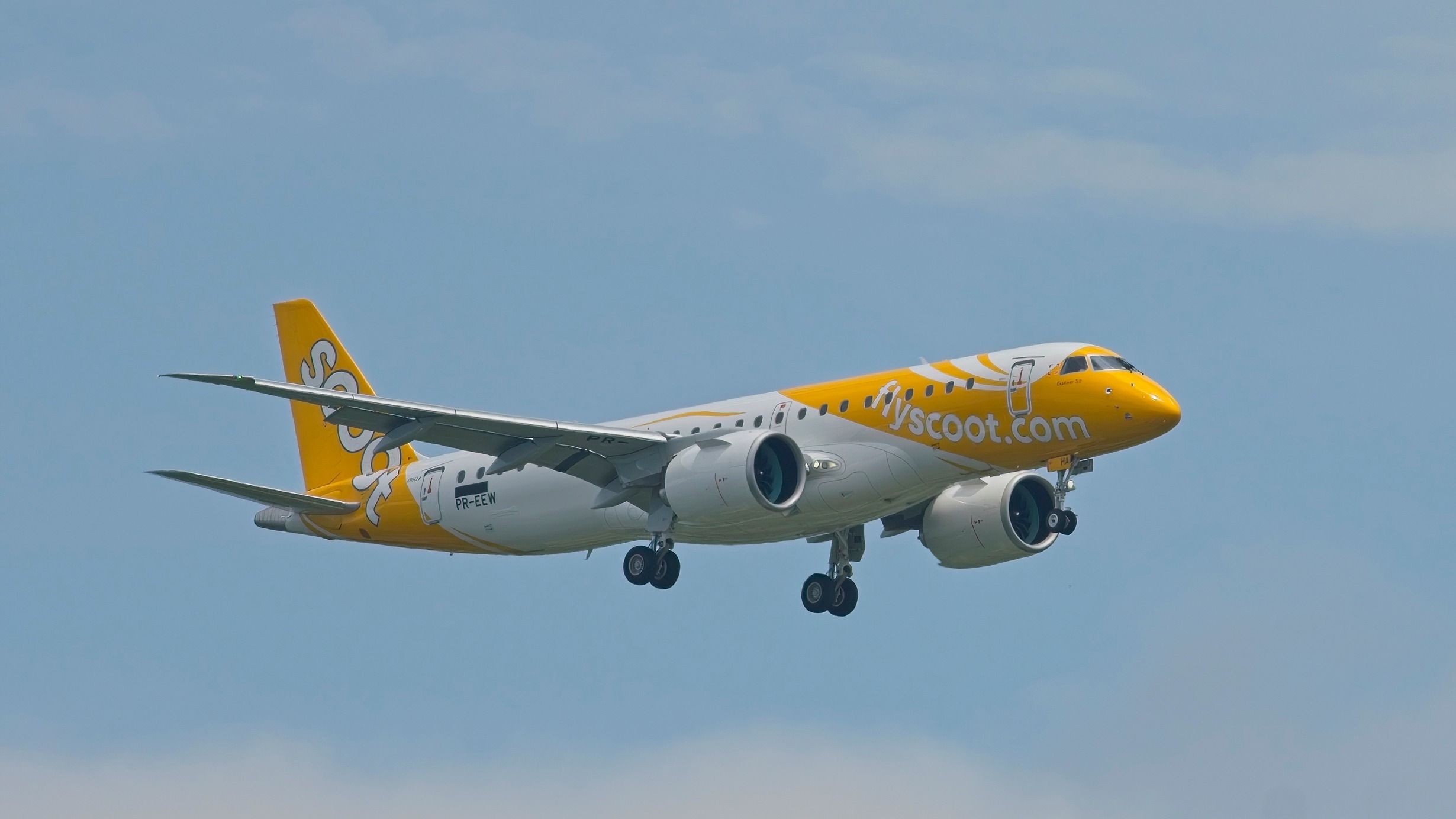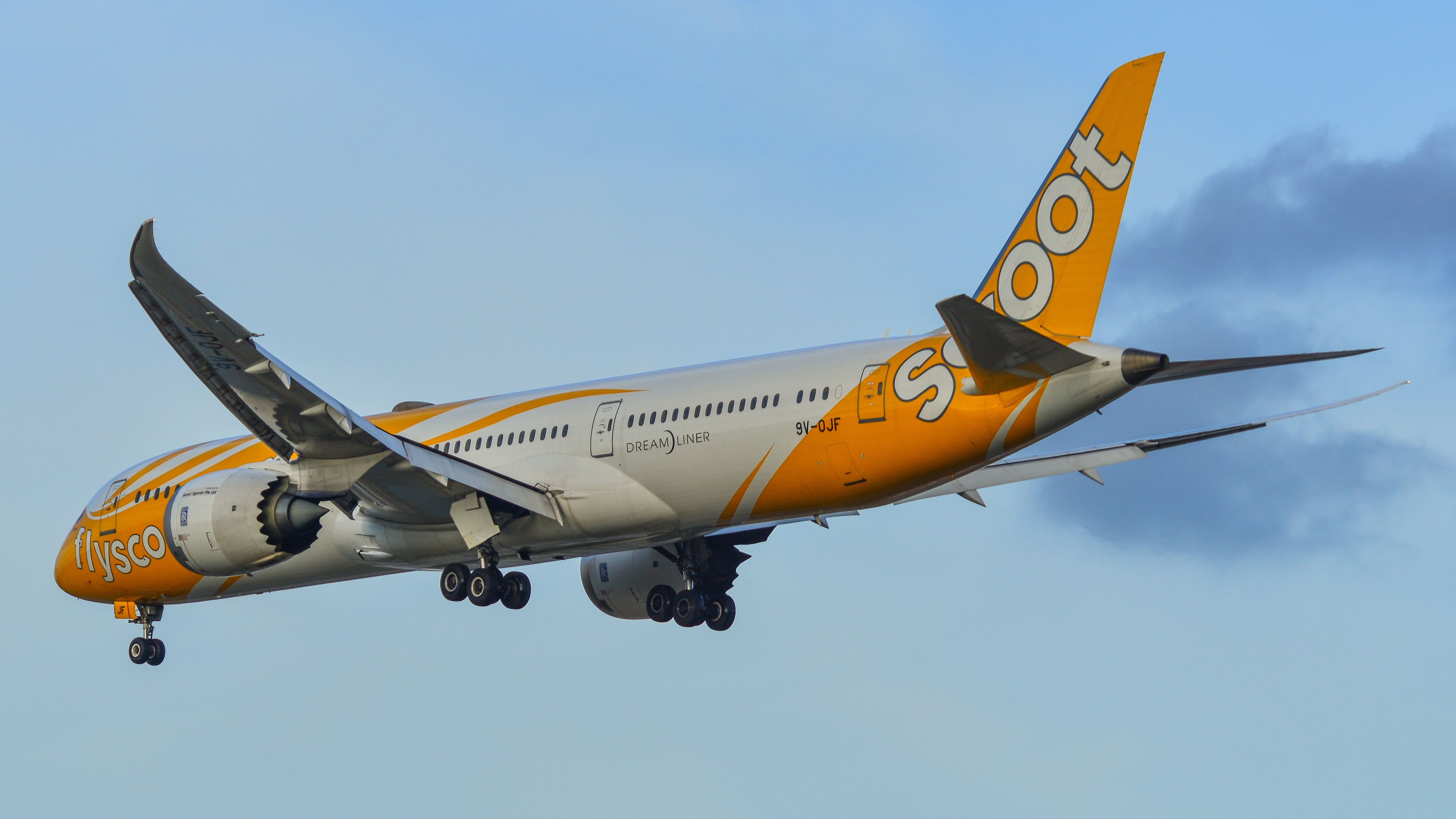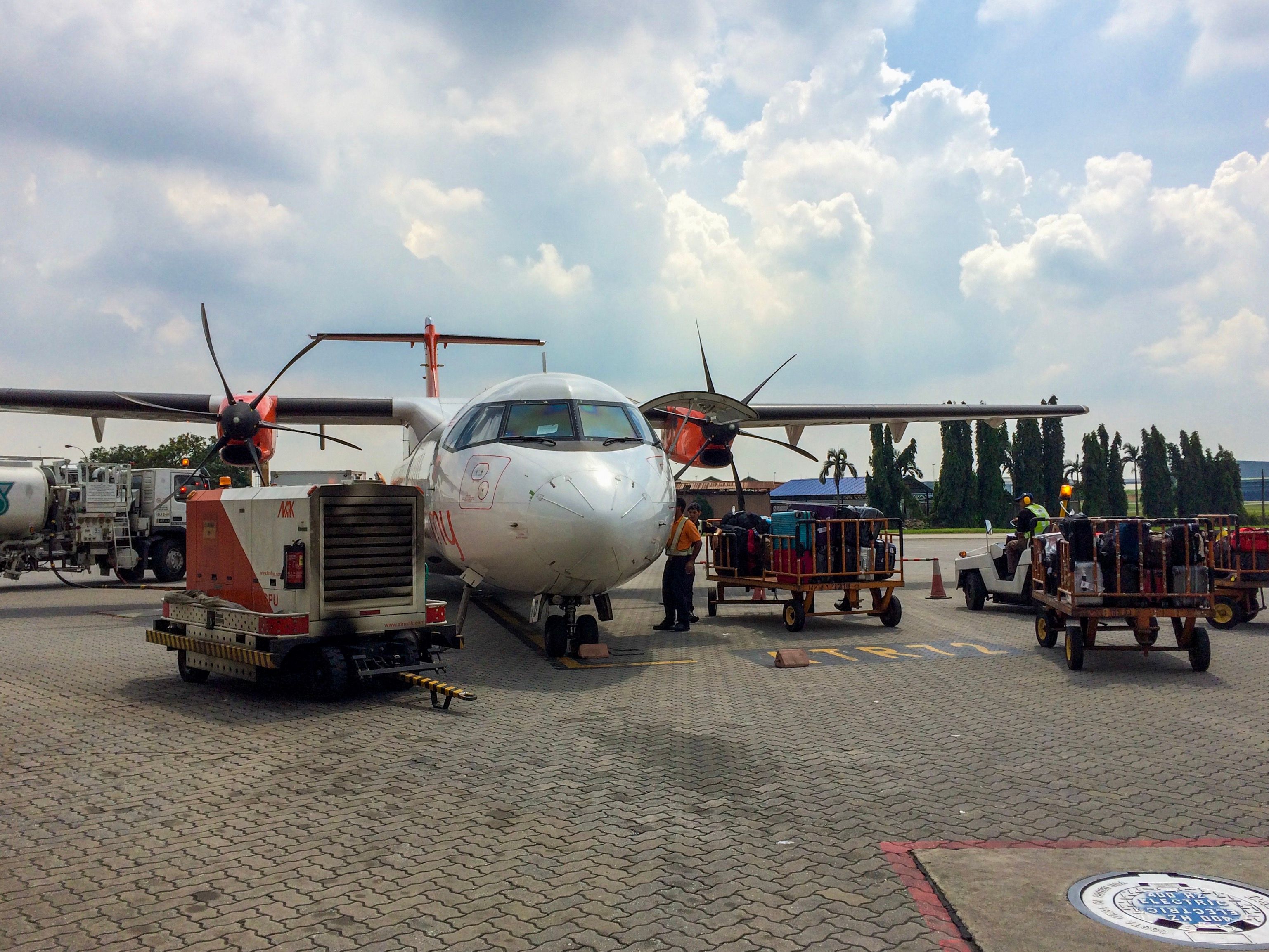Summary
- Subang Airport is experiencing a revival with six airlines given permission to operate limited jet services, providing more travel options.
- Scoot’s daily flights from Singapore to Subang SZB offer travelers convenience with uncrowded airports and a shorter commute to Kuala Lumpur.
- The renaissance of Subang Airport includes plans to add more jet and turboprop parking bays as part of a longer-term rejuvenation strategy.
While there are various ways to measure the busiest city pair, the route between Singapore and Kuala Lumpur usually makes it onto the podium. Travelers on the route rejoiced yesterday when low-cost carrier Scoot announced it had bagged the sixth spot for airlines to operate jet services out of Subang Airport in Kuala Lumpur.
Bringing Subang back to life
Formerly known as Subang International Airport and once Malayia’s international gateway, the airport is now more grandly known as the Sultan Abdul Aziz Shah Airport (SZB). It ceased to be the main airport of Kuala Lumpur when Kuala Lumpur International Airport (KUL) opened in 1995 in Sepang, around 28 miles from the central business district.
Photo: alphonsusjimos/Shutterstock
The four Malaysian airlines are Firefly, Batik Air Malaysia, AirAsia and SKS Airways, while the foreign carriers are Singapore’s Scoot and Indonesian carrier TransNusa. Scoot will operate from Singapore Changi Airport (SIN), while TransNusa will arrive in Kuala Lumpur (KL) from Jakarta Soekarno-Hatta International Airport (CGK).
Photo: Thunisfly | Shutterstock
The airport is enjoying a renaissance with six airlines granted permission to operate limited narrowbody jet services, complementing the turboprop services now operated by Malaysian budget airline Firefly. Earlier this month, it was reported that four local carriers and two foreign airlines had won jet aircraft slots at Sultan Abdul Aziz Shah Airport for an interim period of four years.
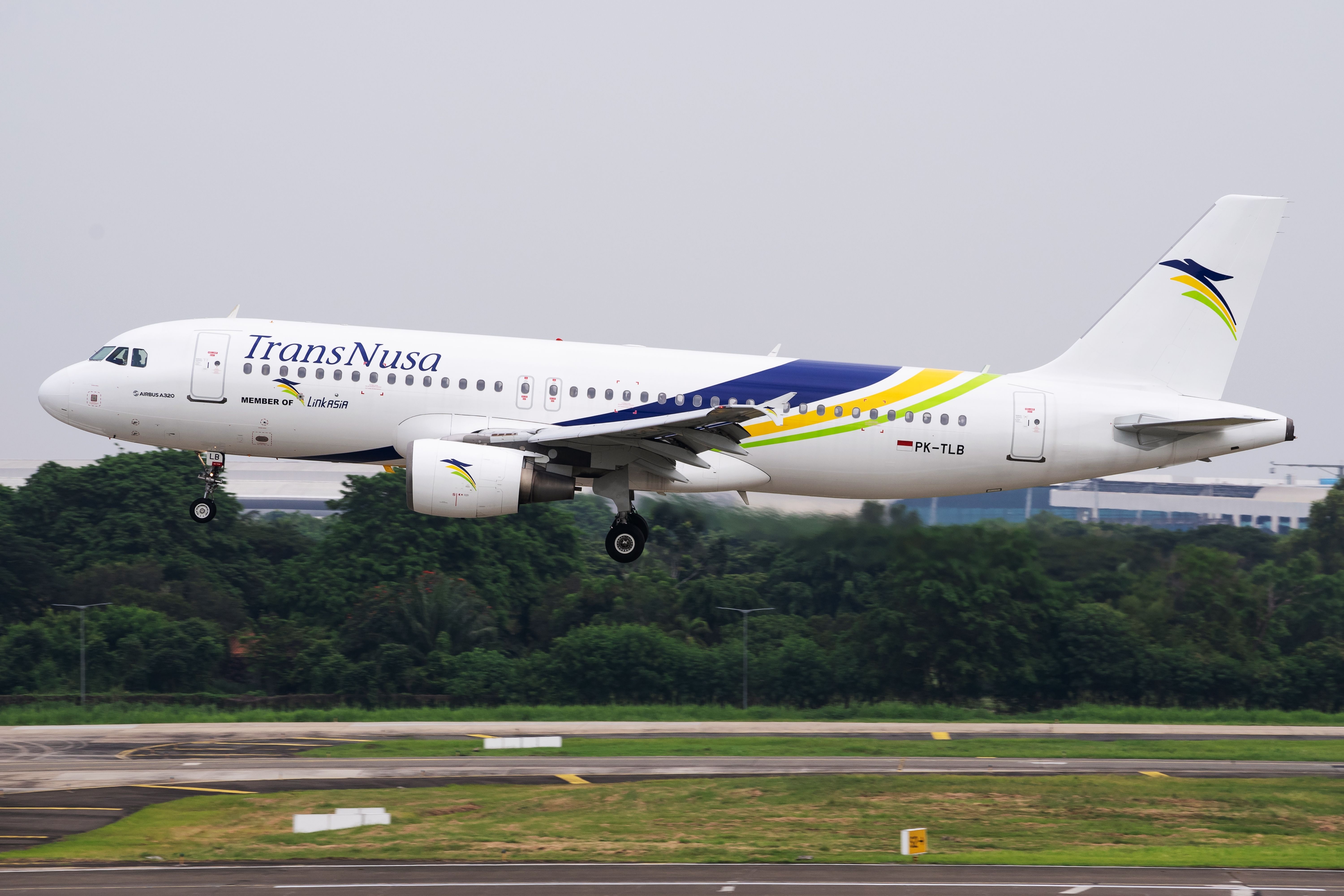
Related
TransNusa Launches Airbus A320s At Malaysia’s Subang Airport
Indonesia’s TransNusa is the first foreign carrier to be granted jet aircraft slots at Kuala Lumpur Sultan Abdul Aziz Shah Airport (SZB).
More convenience with Scoot
Besides bringing more choice to the route, the big winners are travelers making a quick visit to the Malaysian capital who prefer the uncrowded convenience of Sepang and a shorter commute to the city center. Scoot is commencing daily flights on September 1, 2024, using an Airbus A320, although the airline has previously talked about operating its new Embraer E190-E2 on the route.
Photo: DLeng | Shutterstock
Scoot flight TR462 will depart Singapore Changi at 11:55 daily and arrive in Subang SZB at 13:10. It will then leave as flight TR463 at 14:10 and land in Singapore at 15:20. Scoot currently operates from Changi to Kuala Lumpur International (KUL) using a mix of Airbus A320 and A321 single-aisle aircraft and Boeing 787 Dreamliners.
Photo: Phuong D. Nguyen | Shutterstock
When Scoot, a member of the Singapore Airlines Group, adds Subang flights, it will be operating to 70 destinations with 110 weekly flights to 10 destinations in Malaysia. These include the two in Kuala Lumpur and Ipoh, Kota Kinabalu, Kuantan, Kuching, Langkawi, Miri, Penang and Sibu. In its announcement yesterday, Scoot said:
“The new daily flights, to be operated on Scoot’s Airbus A320 aircraft, aim to provide customers with an alternative option to conveniently travel between Kuala Lumpur and Singapore and beyond to the rest of Scoot’s network.”
Photo: Lily Lau | Shutterstock
Malaysian low-cost carrier Firefly is already operating commercial flights from Subang SZB to Singapore using ATR 72-500 turboprops that fly in and out of Singapore Seletar Airport (XSP). Those flights previously used Singapore Changi Airport, which ceased in 2018 when all turboprop services were switched to Seletar Airport.
After jet services left Subang Airport for KUL, the airport was only used for general aviation or turboprop flights. Last year, the Malaysian authorities took another look at the asset and decided to resume limited jet operations as part of a longer-term rejuvenation plan, which starts with adding more jet and turboprop parking bays.

